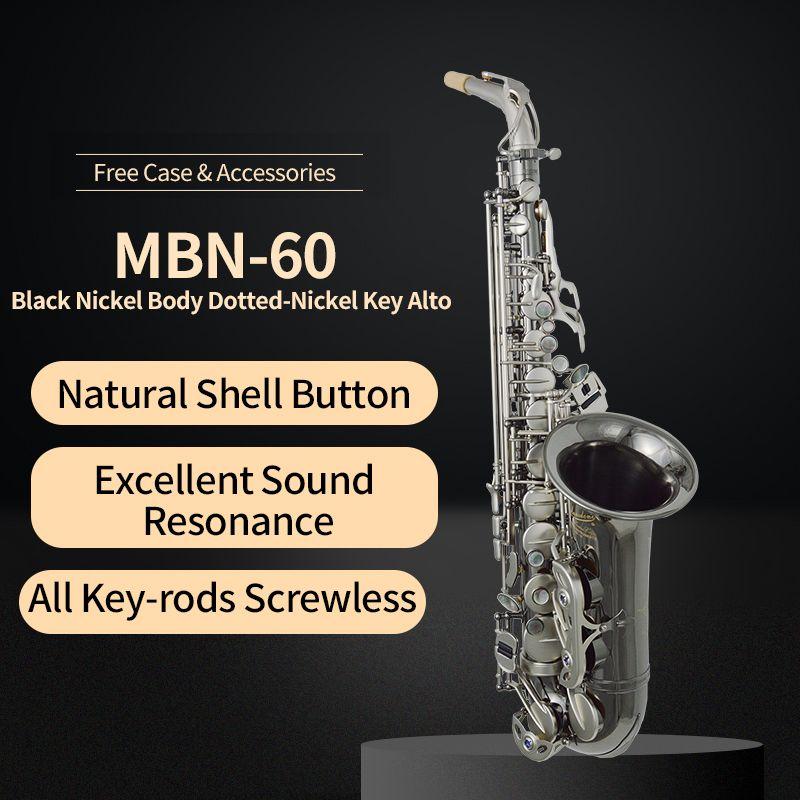Finding Your Voice: A Guide to the Alto Saxophone's Many Masters
07-11 2025

The journey to improving on the alto saxophone is as much about listening as it is about practicing. The question isn't just "how should I play?" but "who do I want to sound like?" The path is deeply personal, shaped by the unique sound you wish to cultivate.
One seasoned player, reflecting on a lifetime of listening, offered a wealth of names that form a veritable encyclopedia of the instrument. From the timeless genius of Charlie Parker and Johnny Hodges to the fiery innovation of Eric Dolphy and Ornette Coleman, and the smooth, contemporary sounds of David Sanborn and Candy Dulfer, the list is a testament to the instrument's incredible diversity. The advice is clear: your personal taste is your most important guide.
The Foundation: Your Sound is Your Sound
A pivotal piece of advice, wrapped in an apocryphal story about Charlie Parker, gets to the heart of the matter. The tale goes that "Bird" was once heard practicing nothing but the note C. The stunned reaction—"Man, he did it GOOD!"—highlights a fundamental truth: technical mastery means nothing without a compelling sound. Your sound is your identity, and you must find it. The goal is not to perfectly imitate one player, but to let your chosen influences blend into a voice that is uniquely your own.
Two Poles of a Spectrum
To simplify the vast landscape of alto styles, one can look at two primary poles of differentiation:
- The Cutting & Funky: This modern pop/jazz sound is often traced to David Sanborn, who was himself heavily influenced by the masterful Sonny Stitt. This style is characterized by a raw, cutting tone, a shouting, bluesy intensity, and a dramatic use of the altissimo register. It's the sound of passion and power.
- The Wide & Open: On the other side stands Phil Woods, a bop master from the 50s and 60s. His sound is wide, open, and richly colored, rooted in the bebop tradition before the funk and R&B influences of the 70s. In this same classic bop vein, Cannonball Adderley is essential listening for his soulful, joyful exuberance.
A Starter Kit of Six Influences
If you're starting now, how do you begin? Our seasoned listener suggests a curated "starter kit" of six players, each representing a different doorway into the instrument:
- Candy Dulfer: For a sweet, sexy, and accessible funk/pop sound.
- Charlie Parker: The absolute foundation of modern jazz; to understand bebop is to understand Bird.
- Eric Marienthal: A bridge into the smooth and contemporary jazz world, showcasing impeccable technique in a modern context.
- Paul Desmond: The epitome of "cool," with a dry, airy tone that feels like a relaxed conversation.
- Sonny Stitt: For breathtaking, all-around technical mastery and a direct, powerful approach.
- Jay Beckenstein: For technique and a mastery of spanning genres, particularly in the realm of smooth jazz.
Looking Beyond the Alto
Finally, don't limit your education to just the alto sax. Some of the most valuable lessons come from other members of the saxophone family. Wayne Shorter's compositional genius and probing improvisations on the tenor sax are a masterclass in melodic development. Gerry Mulligan's work on the baritone sax demonstrates how to achieve stunning agility and lyricism on a larger, more cumbersome horn.
In the end, the answer is to listen widely. Let the smoky cool of Paul Desmond, the fiery passion of Cannonball Adderley, the raw blues of David Sanborn, and the technical wizardry of Sonny Stitt all wash over you. Your sound is waiting to be discovered in the spaces between them.
This article is provided by Mansdone Brand Marketing Department!